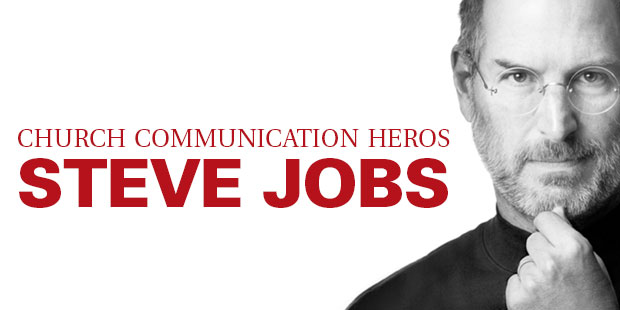
7 Reasons Storytelling is Important for Branded Content
Gutenberg invented the printing press around 1440.
The first radio transmissions were in the early 1900s.
The television became commercially available less than a century ago.
The Internet is not even old enough to have a drink (legally; at least not in the United States).
Facebook and Twitter are just out of diapers, and the next big marketing tool is still in the womb or possibly just a twinkle in its creator’s eye.
When most people think about marketing, these are the tools they think of: print, radio, TV and the web. None of these, however, are ingrained in us as much as storytelling. We’ve been telling stories for thousands of years, but we don’t have to go back that far to understand storytelling’s powerful effect on our hearts and minds. Go back only as far as your childhood, when you begged your parents to read your favorite story—the one you already knew by heart—just one more time. Why did you do that? Why was it so important to hear that story?
Stories and the art of storytelling play a major role in content marketing today. Not all brands realize the importance of unearthing their core story and learning to tell stories in ways that endear new fans and motivate advocates. In case you need even more reason to learn to weave an effective narrative throughout your marketing efforts, here are seven reasons storytelling is important for branded content.
If you’re reading in RSS and can’t see the images, please click through to reveal the reasons. We’ve also turned this post into a SlideShare presentation!
Experiences leave lasting impressions. They go far deeper than facts, figures or features. And by creating a story-based experience, you cause your audiences to walk away with an impression of your brand that doesn’t rest on the precarious edges of their minds but sits deep in their hearts.
 Chances are that if you have an innovative or unique offering, it’s not going to be innovative and/or unique very long. Any amount of success will generate copycats. But what they can’t copy is who you are. What’s your origin story? Where did your brand come from, and how has that shaped your product or service? When your facts, figures and features are in line, your story can set you apart from the competition.
Chances are that if you have an innovative or unique offering, it’s not going to be innovative and/or unique very long. Any amount of success will generate copycats. But what they can’t copy is who you are. What’s your origin story? Where did your brand come from, and how has that shaped your product or service? When your facts, figures and features are in line, your story can set you apart from the competition.
If it weren’t for stories, your brand wouldn’t mean much to your audience. It’s those stories that create a real connection. Facebook now dedicates an entire site to stories. Fans can post stories about their individual and collective experiences. (Facebook even flew a number of these storytellers to its headquarters to surprise a room full of Facebook employees, creating a rock-solid connection between the work they were doing and the difference they’re making in the lives of their users.) Tumblr and Twitter have done something similar with Storyboard and @twitterstories, respectively.
There’s nothing more mind numbing than hearing or reading a bunch of facts and figures. And anyone can recite numbers to an audience. A true marketer will weave a story around the information to createmeaning for the audience.
“Having the data is not enough. I have to show it in ways people both enjoy and understand,” Hans Rosling said. Rosling is well known for the ways he has spun compelling stories around massive data sets. What would otherwise be mundane statistics becomes a gripping narrative with valleys and peaks that keeps interest piqued throughout. Strong visual elements and impassioned narrative elevate his presentations.
Stories are uniquely able to move people’s hearts, minds, feet and wallets in the storyteller’s intended direction. Nobody was better at this than Steve Jobs, who turned sales presentations into coveted experiences. His masterful storytelling motivated fans to rave about the products, creating valuable earned media. The photo above is the line to get into one of his keynote addresses.
When was the last time a friend of yours called you up to tell you the great features of this new product they were interested in? Or how they scored a coupon? Probably not recently. But we share stories every day. This has only been amplified by social media, through which we are able to share with the click of a button. When a story resonates—moves people emotionally—they retell it many times over, ultimately amplifying the message.
When we know we’re being marketed to, we close our ears. We don’t have 30 seconds to be interrupted. But when we’re told a story, miraculously, we have 30 minutes to listen. Our arms unfold and we lean forward, excited to hear what comes next.
With only 23 percent of consumers trusting ads on TV and 20 percent trusting ads in magazines or on the radio, it’s more important than ever for brands to integrate their marketing into their story. Otherwise, what are you marketing?
Do you have any other reasons to add?

Tags: Brand, Jon Thomas, Social Media, Stories











































